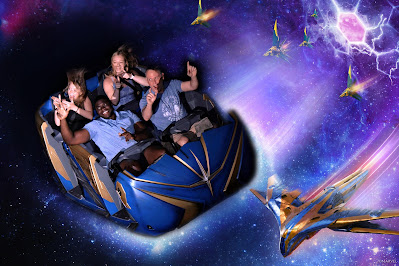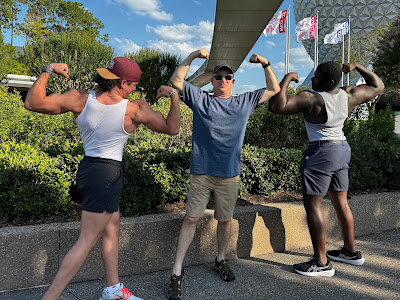As we look back through the course, we want to emphasize the academic experiences these students have had. We designed the course so the students are introduced to applications of mathematics in the real-world in three parts: data analytics, mathematical modeling and algorithm design, and dealing with uncertainty. In three weeks, the students have learned (and sometimes re-learned) material that appears in eleven different mathematics courses at Furman (MTH 120—Intro to Statistics, MTH 150—Calculus I, MTH 151—Calculus II, MTH 160—Vectors and Matrices, MTH 245—Statistical Methods in R, MTH 250—Multivariable Calculus, MTH 335—Mathematical Modeling, MTH 337—Operations Research, MTH 340—Probability, MTH 341—Mathematical Statistics, and MTH 435—Scientific Computation)! The course is quick, exhausting, and intense, and our students have responded to the challenges. Let’s rewind the course from an academic perspective.
The first project, the Mickey Bar Project, asked the students to study how the crowd density changes throughout the day to move a mobile concession stand to where the people are at different times a day. The solution method involves using a data analytics tool called k-means clustering to locate a central point within a park-wide distribution of crowds. Think of this as putting tug-of-war participants of varying strengths on each ride, and they are each pulling a rope tied to the concession cart. Stronger participants (more dense crowds) pull the cart more than weaker participants, but as the crowd moves and wait times fluctuate throughout the day, the tug-of-war landscape changes, some become weaker and some stronger, and the cart moves. Facility location problems like this have a great history in mathematical fields as logistics companies compare alternatives to place warehouses and governments have to decide where to place fire stations to better serve their communities. One of the group’s final projects is using another data analytics technique, regression analysis, to determine what factors best predict a person’s score on Toy Story Mania, a video-game-like ride in Hollywood Studios.
In the second week of the course, the students learned to model real-world optimization problems such as those involving logistics, scheduling, and resource allocation. These types of problems are not only applicable to Disney’s operations but serve as foundational material for professionals working in the areas of industrial and systems engineering and operations management. The students completed a fairly sophisticated modeling project involving assigning workers to jobs in Yak and Yeti restaurant to cover the demand throughout the day. Although their problem was a factor of 100 smaller than the ones solved by Disney, the concepts learned by students through the project were the essential concepts Disney (or your local McDonald’s) uses to schedule workers. Further, one of the student group’s final projects involves designing and comparing different algorithms for filling seats on Tower of Terror, a resource allocation problem where information is not known with certainty.
Once the students learned how to form a mathematical model, we showed them how to exploit the mathematical structure present in their created models to design algorithms to produce an optimal (or near optimal) solution. Their investigation of algorithms consisted of those normally used to solve the types of optimization problems we discuss in the class. However, one of the hallmark activities of the course, the Traveling Tourist Problem, involves the students trying to solve an instance of the Time-Dependent Traveling Salesman Problem. This is the same problem that companies like UPS, FedEx, and Amazon solve on a daily basis to route pickups and deliveries in an efficient fashion within a complex transportation network. In fact, the students employed many approaches used by these types of companies to produce quick solutions to a very hard problem. Afterwards, we helped the students understand the types of algorithms that Touring Plans uses in producing tours of Disney attractions for their customers so that when the students met with Len Testa, the President of Touring Plans, they are able to have a fuller understanding of that industry.
In the final stage of the course, we introduce students to some basic concepts in probability and statistics so that they might understand that all models are wrong because the inputs to those models are not always known with certainty and thus experience high variability. Most of the students’ final projects incorporate some sort of probabilistic or statistical analysis ranging from a chi-squared test to see if different rides have different party size distributions and a hypothesis test of whether omnimover rides, those with a continuous loading system like Peter Pan’s Flight and Spaceship Earth, have a more accurate posted wait time than other rides.
We would like to emphasize that we throw a lot at these students during the three weeks. We don’t expect all of it will stick, but we hope that what they hear will pique their interests and inspire them to learn more by taking more classes in the mathematics curriculum. However, we are always impressed at how much they actually do absorb from the course. To those parents out there, we are really proud of this group, and we hope by emphasizing the academic content in the course that you will be impressed by them as well.
Some additional photos from today:
 |
| Furman FAN Club |








No comments:
Post a Comment